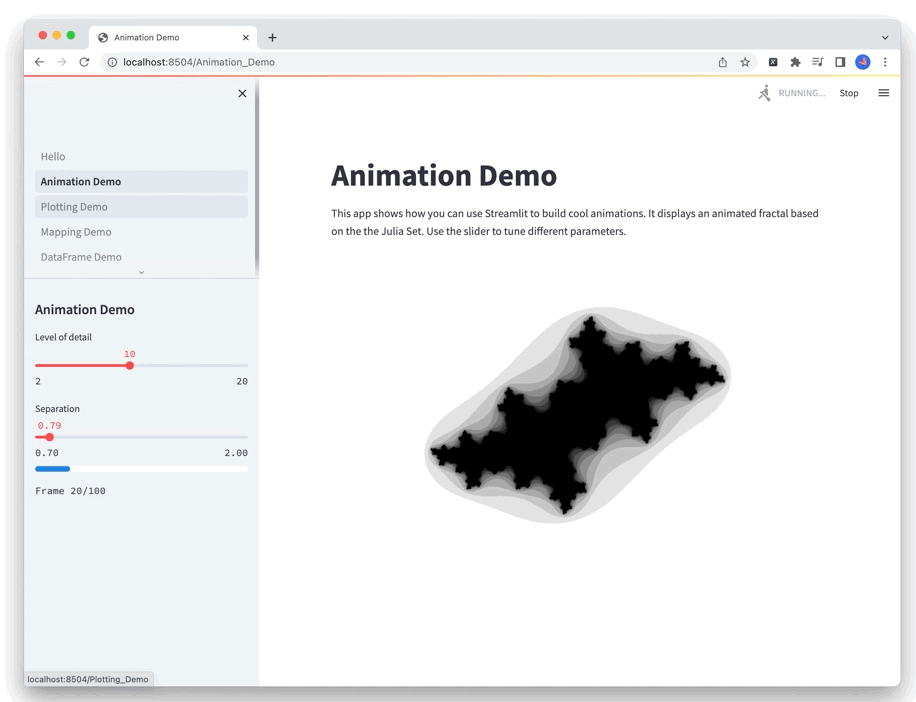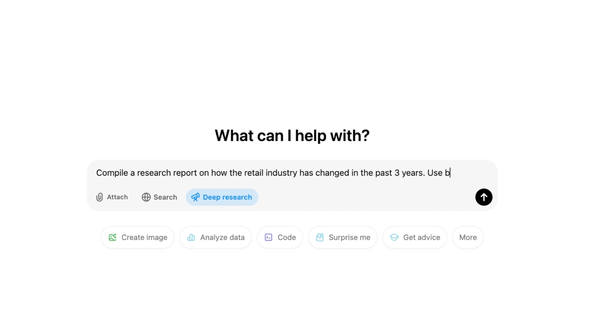Streamlit: Build Data Apps from Simple Python Scripts
Table of Content
Streamlit is an open-source Python self-hosted platform that makes it incredibly easy to create and share web applications for machine learning and data science.
With Streamlit, you can transform data scripts into interactive web apps in just a few minutes, without needing to have deep expertise in web development.
You can build LLMs apps and chatbots, science apps, data visualization apps, and more.
This simplicity and power have made Streamlit a popular choice among data scientists and developers looking to quickly prototype and deploy their projects.
Streamlit comes with dozens of ready-to-use data widgets such as tables, dataframes, charts, input widgets, layouts, and supports multi-page apps.
Features
- Simple API: Build interactive web apps with just a few lines of Python code.
- Real-Time Updates: Automatically refreshes your app as you modify your code.
- Interactive Widgets: Includes a wide range of built-in widgets like sliders, buttons, and text inputs for creating dynamic user interfaces.
- Data Visualization: Easily integrate popular Python libraries like Matplotlib, Plotly, and Altair for creating rich visualizations.
- Deployment Options: Deploy apps easily on platforms like Streamlit Sharing, Heroku, or any other cloud service supporting Python.
- Custom Components: Extend functionality by creating or integrating custom components with HTML, CSS, and JavaScript.
- Collaboration: Share your apps instantly with others using just a link, enabling collaboration and feedback.
- Open Source: Fully open-source, allowing the community to contribute and improve the platform.
Benefits of Using Streamlit
- Ease of Use: Streamlit’s intuitive API allows you to build web applications with just a few lines of Python code.
- Real-Time Updates: As you modify your code, Streamlit automatically updates the app in real-time, making development faster and more interactive.
- Rich Components: Streamlit comes with a wide range of built-in components, such as sliders, graphs, and text input fields, allowing you to create interactive user interfaces with minimal effort.
- Web-Based Deployment: Once your app is ready, you can deploy it on the web, share it with others, or integrate it into existing systems seamlessly.
Instal Streamlit
You can simply install Streamlit by:
$ pip install streamlit
$ streamlit hello
Building Your First Streamlit App
Deploy Your App
Once you're happy with your app, you can deploy it on a cloud service like Streamlit Sharing, Heroku, or any other platform that supports Python web apps.
Add Interactivity:
Enhance your app by adding interactive elements like sliders or text inputs:
import streamlit as st
st.title('Interactive Streamlit App')
age = st.slider('Select your age:', 0, 100, 25)
st.write(f'You selected: {age} years old')
Run the App:
To run your app, open a terminal and use the following command:
streamlit run app.py
This will launch your web application in a new browser window.
Create a Simple App:
Create a new Python file, for example, app.py, and add the following code:
import streamlit as st
st.title('Hello, Streamlit!')
st.write('This is your first Streamlit app.')
Install Streamlit:
First, you need to install Streamlit using pip:
pip install streamlit
License
Streamlit is completely free and open-source and licensed under the Apache 2.0 license.
Final Note
Streamlit is a powerful tool that bridges the gap between data science and web development, allowing you to create interactive, web-based applications with minimal coding.
Whether you're working on machine learning models, data visualizations, or just want to share your Python scripts with others, Streamlit offers a straightforward and efficient way to do so. With its ease of use, real-time updates, and seamless deployment, Streamlit is an excellent choice for your next project.










